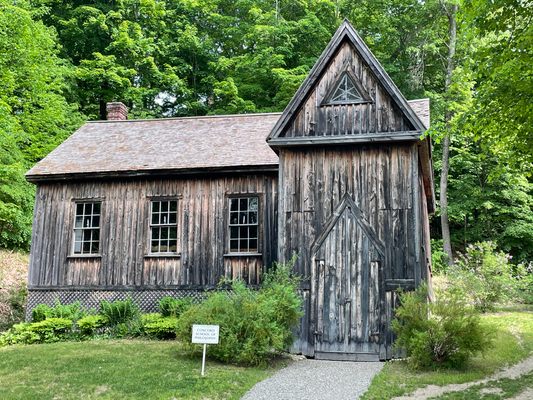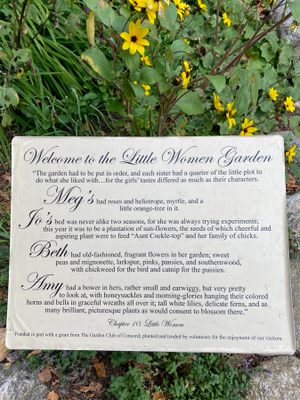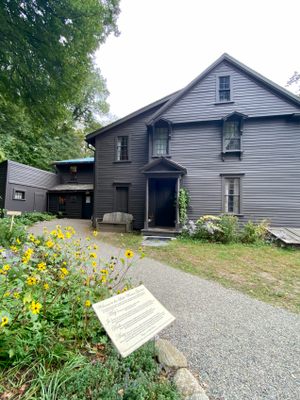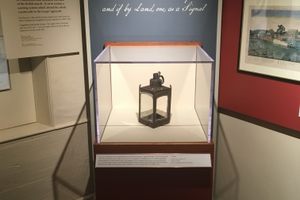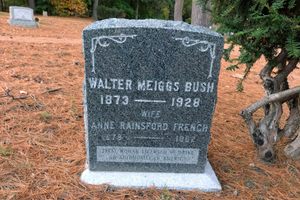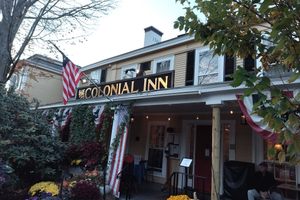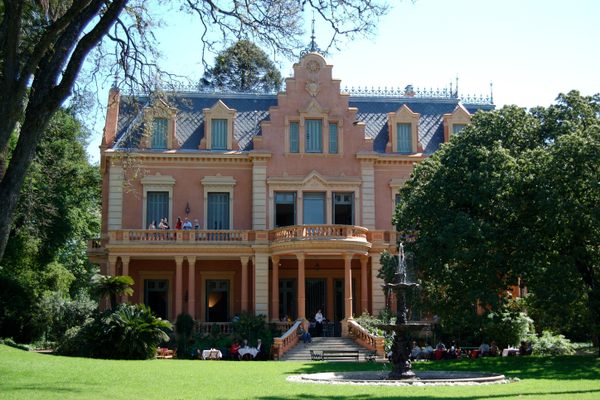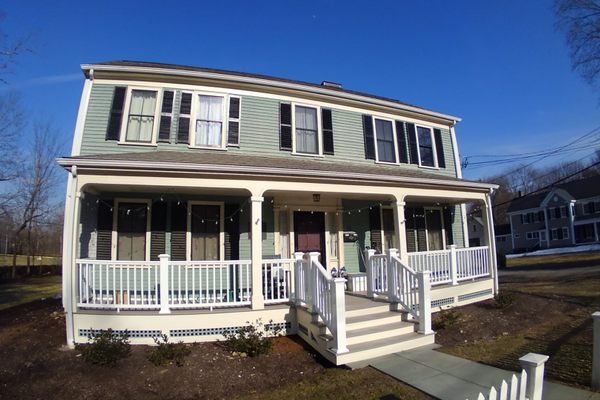About
The Orchard House was purchased by Louisa May Alcott's father, Bronson Alcott, in 1857. It was a typical colonial house on 12 acres of land surrounded by orchard apple trees, giving the home its name. The Alcott family lived there for 20 years, and nobody could have imagined the prominence their home would gain in American literature.
Louisa's father was an influential figure in her life. He gave her a desk in times when it was considered inappropriate for a girl, and once said that Louisa would become the next Shakespeare. She did, indeed, become an extremely successful author. Her novel Little Women, which was based on her own life growing up with her three sisters at Orchard House, was published in 1868 and became an instant classic.
Louisa was not the only talented member of the family. Her sister May (the character "Amy" in the book) was a painter and she was sent to study art in Europe with the money Louisa earned by selling Little Women. Some paintings and drawings by May are exhibited today in the Orchard House. Louisa's father was an educator and leader of the American Transcendental movement. He built a School of Philosophy adjacent to Orchard House, and it was here where he fulfilled his education reform goals. Many of his ideas are now included in school curricula, such as music lessons and gym classes.
Nowadays, this historic house is a museum, retaining 80 percent of its original furniture. Visitors can tour through the kitchen, dining room, parlor, Louisa's room, May's room, an art studio, and the master bedroom. The tour guide will regale visitors with stories and anecdotes about the Alcott family.
Louisa's room displays the small, white desk where she wrote Little Woman and other books and poems. In the dining room, the Alcott sisters would perform their plays. Louisa's sister, Beth, loved music, and the melodeon in the house is reminiscent of such skills. The parlor witnessed the wedding of Louisa's sister Anna (the character "Meg") to John Bridge and it still has the original certificate of marriage. (Fun fact: Anna could not pronounce "mother" very well and instead would say "marmar" or "marmi," the mother's name in the book.)
The master bedroom contains family photos, and it clearly reflects the essence of the house. Abigail May Alcott, Louisa's mother, was considered part of the New England royalty; her great-aunt was Dorothy Quincy, who married the founding father John Hancock, the first governor of Massachusetts. The study, meanwhile, is where Mr. Alcott welcomed some of the top writers and philosophers of the time, such as Henry David Thoreau and Ralph Waldo Emerson.
Related Tags
Know Before You Go
The museum is open year-round. The house can only be accessed by guided tour. Tours are given in several languages, including English, Spanish, and German. Admission is $10 for adults. Photography is not allowed inside the house.
There is limited parking at the house, and another parking lot a short walk away. The upstairs is not handicap accessible.
Community Contributors
Added By
Published
October 25, 2018









